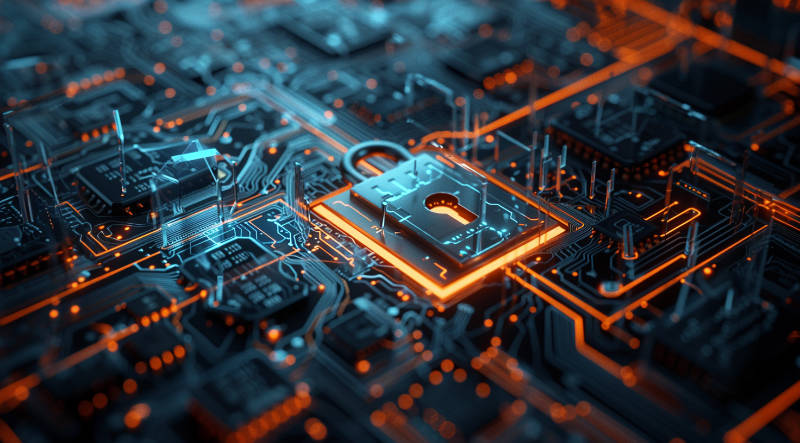The Rise of AI in Cybersecurity: Benefits and Challenges

Introduction
In the modern digital landscape, cybersecurity has become increasingly critical. The integration of artificial intelligence is revolutionizing cybersecurity, introducing both advantages and obstacles. This article takes us into the transformative impact of AI on cybersecurity, highlighting its benefits and addressing the challenges it introduces.
Benefits of AI in Cybersecurity
- Enhanced Threat Detection
Compared to humans, AI can analyze vast amounts of data much more quickly. This capability helps in identifying patterns and detecting threats that might go unnoticed by traditional methods. AI-powered systems can soon spot anomalies and potential security breaches, enabling faster responses. - Automated Responses
One of the significant advantages of AI in cybersecurity is automation. AI can automatically respond to certain types of attacks, reducing the need for human intervention. This not only speeds up the response time but also helps in mitigating damage quickly. - Predictive Analytics
AI uses predictive analytics to anticipate potential threats before they occur. By analyzing historical data and identifying trends, AI can predict future attacks, allowing organizations to strengthen their defenses proactively. - Improved Security Measures
AI enhances traditional security measures by providing real-time monitoring and advanced threat detection. It can adapt to new threats by learning from past incidents, making cybersecurity systems more robust and effective.
Challenges of AI in Cybersecurity
- High Implementation Costs
Implementing AI in cybersecurity can be expensive. The costs associated with developing, deploying, and maintaining AI systems can be a barrier for many organizations, especially smaller ones with limited budgets. - Complexity and Skill Requirements
AI systems require specialized knowledge and skills to manage and maintain. There is a shortage of professionals with the necessary expertise, making it challenging for organizations to effectively utilize AI in their cybersecurity efforts. - Potential for Misuse
While AI can enhance security, it can also be used maliciously. It is a double-edged sword because cybercriminals can use AI to develop more sophisticated attacks. This potential for misuse highlights the need for robust security measures and ethical guidelines. - Dependence on Data Quality Effective
AI systems heavily depend on data. Poor quality or biased data can lead to inaccurate threat detection and flawed responses. Ensuring the integrity and quality of data is crucial for the success of AI in cybersecurity.
Conclusion
The rise of AI in cybersecurity offers numerous benefits, including enhanced threat detection, automated responses, predictive analytics, and improved security measures. However, it also presents challenges such as high implementation costs, complexity, potential for misuse, and dependence on data quality.
As AI continues to evolve, it will play an increasingly vital role in cybersecurity. Organizations must weigh the benefits and challenges carefully to harness the power of AI effectively and protect their digital assets in an ever-changing threat landscape.
By understanding and addressing these challenges, we can unlock the full potential of AI in cybersecurity and create a safer digital world for everyone.
